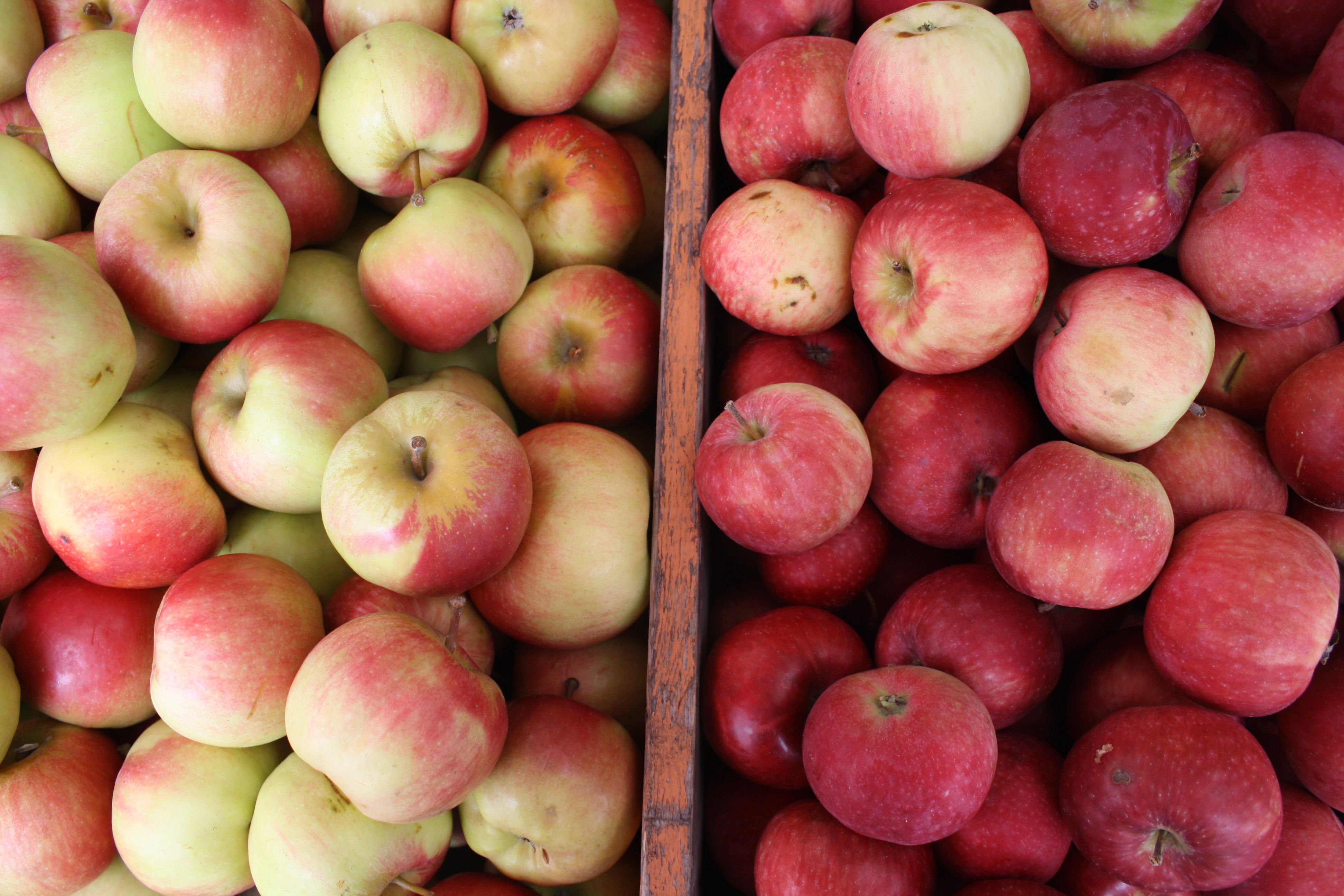Panhandling is one obvious source of income. In some communities, income opportunities such as ‘binning‘ (collecting cans or bottles) is integrated into the city’s waste management planning. In 2012, Vancouver introduced clear garbage bins to facilitate binning.
While people who are experiencing homelessness face battles finding enough food to eat (eating at shelters, drop-ins and meal programs is not sufficient or even wholly nutritious), the PROOF report (and other research on food insecurity) has shown us that even people with an income are challenged to survive and have enough money to eat properly.

Minimum wage across the country is extremely low and increases have not kept up with the cost of living. In a recent blog post the Caledon Institute says, “Welfare incomes fall well below poverty rates in all parts of the country and are only a fraction of the average incomes of Canadians.” The last report on Welfare Incomes nationally was produced in 2009. (The Caledon Institute recently crowd-sourced the funding required to reinstate this reporting mechanism. It was necessary for them to take this on as in the 2012 budget the federal government de-funded the National Council of Welfare, an advisory body to the federal minister responsible for the welfare of Canadians since 1969.)
In the 2009 report, it was found that “Between 1990 and 2009, inflation increased by 45.9% and most welfare incomes did not keep up. As a result, many people on welfare now are worse off than recipients in earlier decades. In several cases, welfare incomes decreased by 20% or more.” Additionally, “Single persons saw an increase in only 3 jurisdictions; lone parents in 6 jurisdictions and the couple with children in 4 jurisdictions.”
Welfare assistance is usually divided into two components – basic needs/assistance and shelter allowance. For example, in British Columbia the Basic Needs category is $235 for a single person and $401.06 for a family with three or more members in the household. In Ontario, a single person receives $250 for basic needs while a couple with two children under the age of 18 receives $458 (the same as a couple with no children). Shelter allowances in British Columbia are $375 for a single and $700 for a family of four. In Ontario, A single person receives $376 for their shelter allowance and $702 for a family of four.
Average rental costs vary depending upon the community. However, in most cities across the country the shelter allowance alone is insufficient to pay for rent. Often, the combination of the shelter and basic needs are still below the rental cost. For example, in the Region of Halton, the average monthly rent for a bachelor unit is $859; the shelter allowance and basic needs stipend for a single person only totals $645.
In addition to welfare/disability assistance, significant overhauls are needed of most governmental income assistance programs including Employment Insurance, Old Age Security, Canada Pension Plan and child welfare supports.
Rent supplements must be a critical piece of any Housing First program that is designed across the country. In our recent book “Housing First in Canada: Supporting Communities to End Homelessness” we spoke of the situation in Victoria where rent supplements were designed to be phased out. Community opposition led to their extension. It was realized that for many people, governmental rent assistance is likely going to need to be an ongoing part of their housing solution.

Additionally, Canada needs a national housing strategy. As National Housing Day approaches next week, it is a good time to reach out to your local, provincial/territorial, Aboriginal and/or federal government representatives to lobby for a housing strategy that includes new housing that is safe, secure and affordable.
AUTHOR: Gulliver, Tanya (2014) Homeless Hub.
